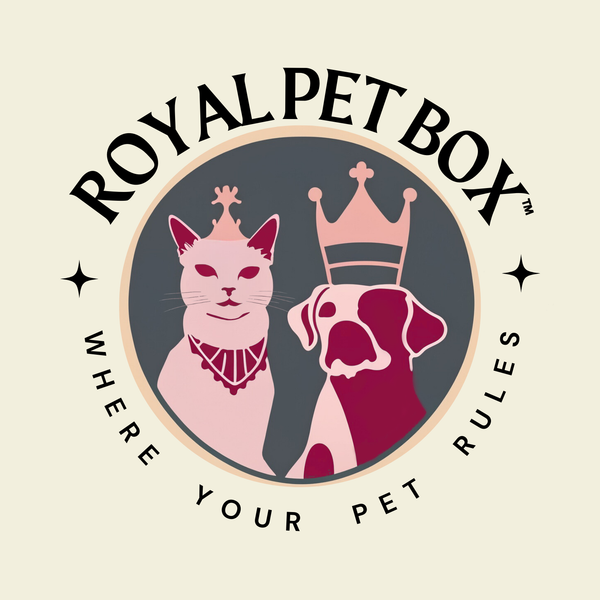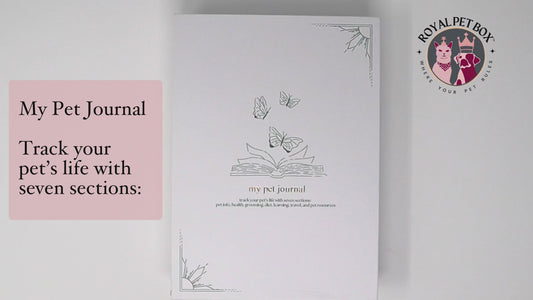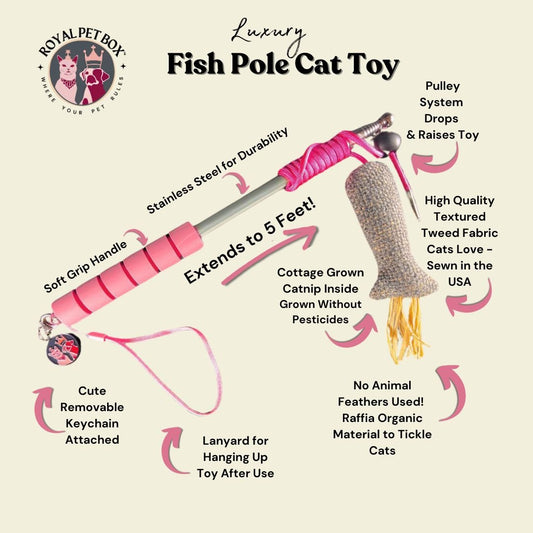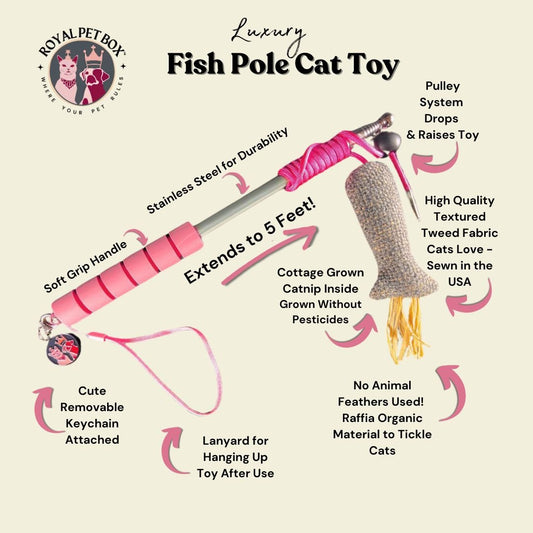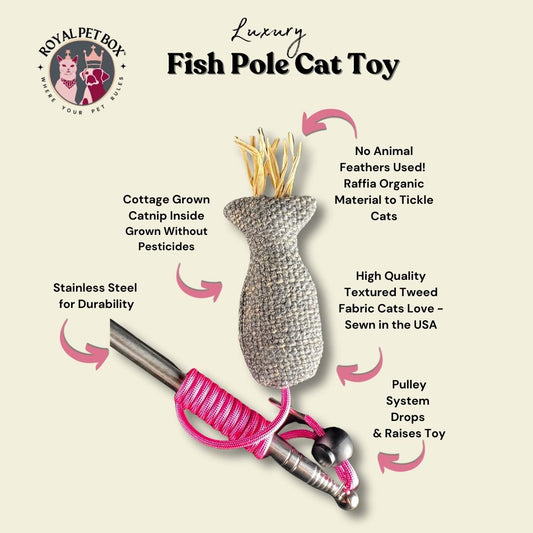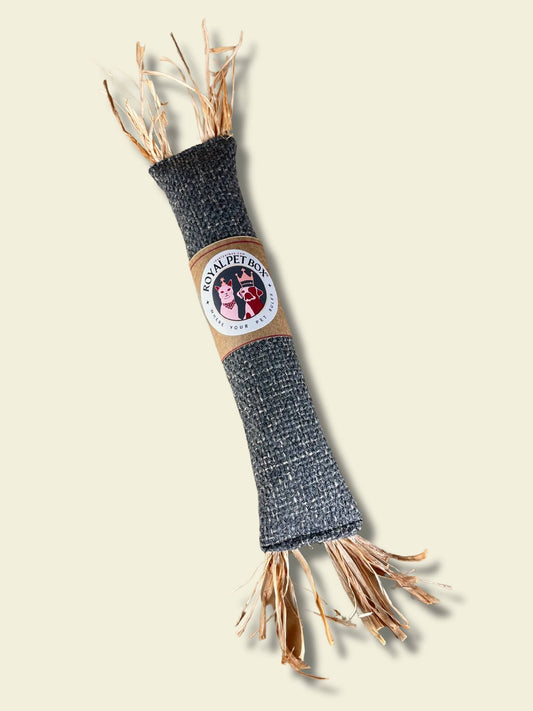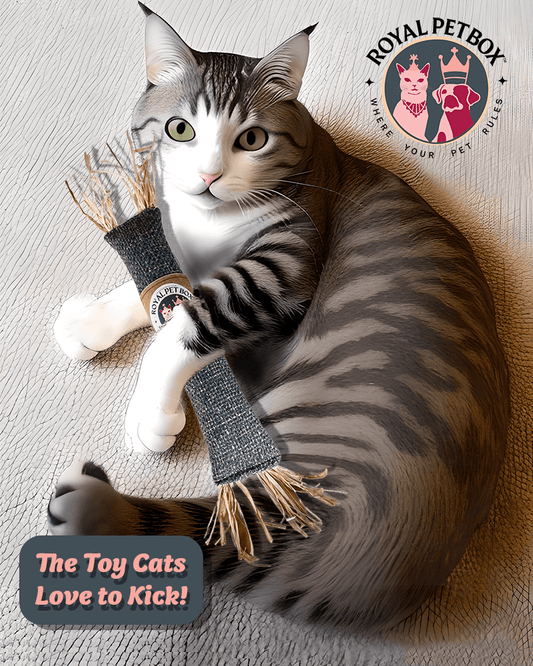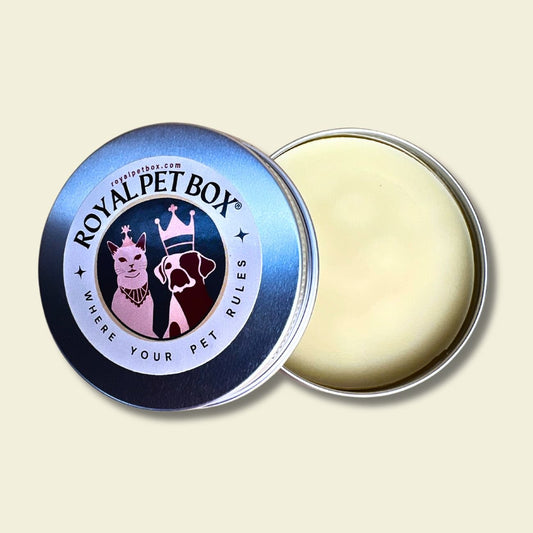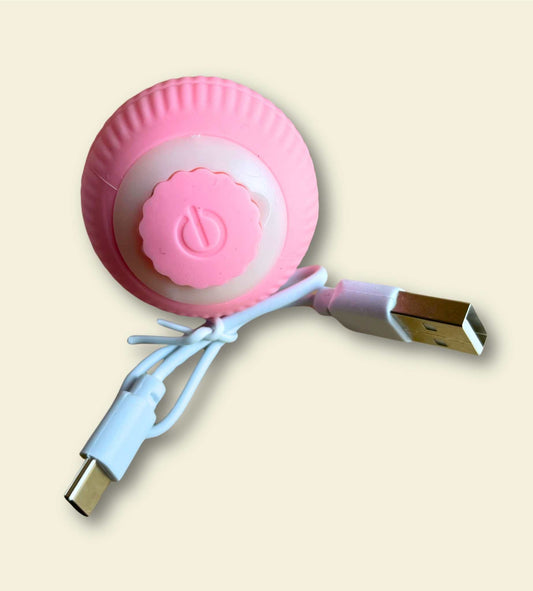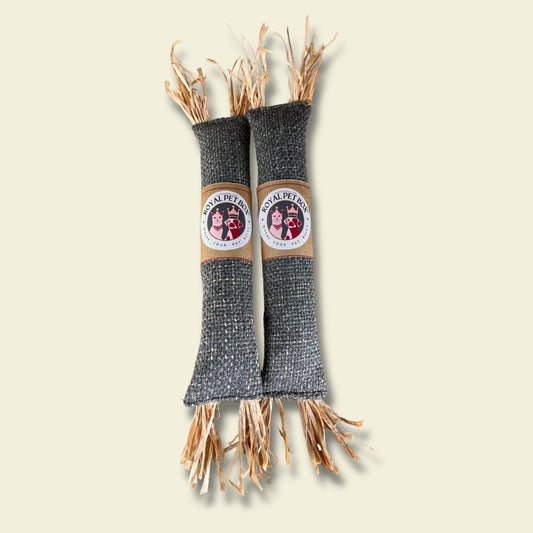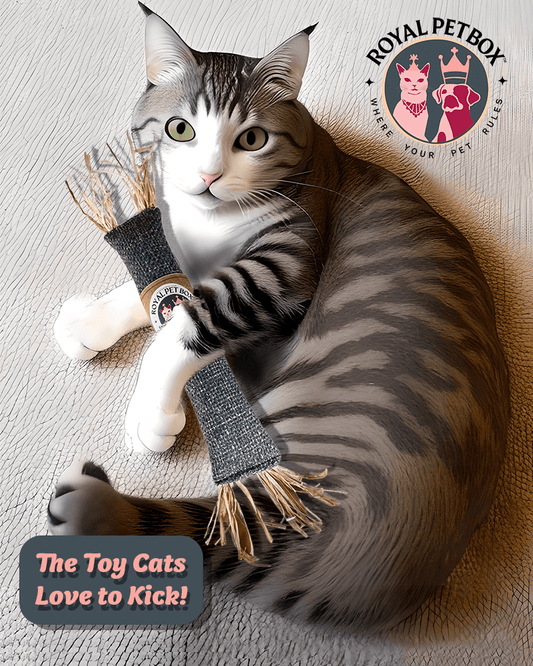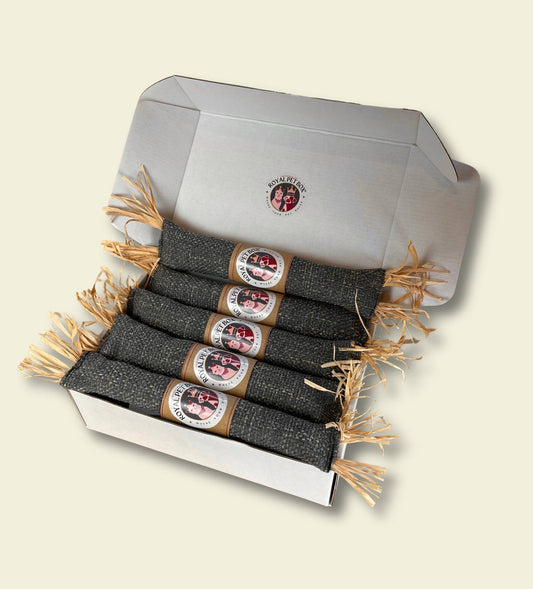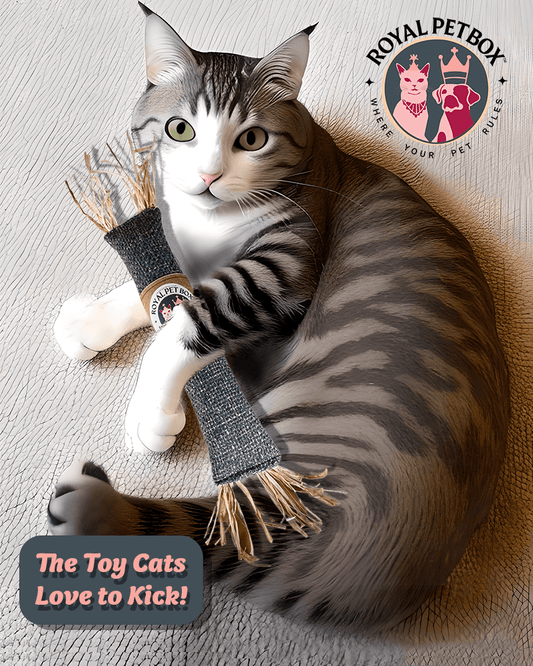
Dog Training: A Beginner's Guide
Paris DeesingShare
Are you a new pet parent or considering bringing a furry friend into your home? One of the most crucial aspects of ensuring a harmonious relationship with your canine companion is proper training. Whether you have a playful puppy or an adult dog, training is essential for their well-being and your sanity. But fear not, even if you're a complete novice in the world of dog training, this guide will walk you through the basics and get you started on the right paw.
Understanding the Importance of Training
Training isn't just about teaching your dog to perform tricks; it's about establishing boundaries, fostering good behavior, and enhancing communication between you and your pet. Well-trained dogs are not only happier and healthier but also safer and more enjoyable to be around. Plus, training strengthens the bond between you and your furry friend, making your relationship even more rewarding.
Start with the Basics
Positive Reinforcement
Positive reinforcement involves rewarding your dog for good behavior rather than punishing them for bad behavior. Treats, praise, and toys are excellent tools for reinforcing positive behavior. Whenever your dog follows a command or displays good behavior, immediately reward them with a treat or praise to reinforce that behavior.
Consistency
Consistency is key to successful training. Use the same commands and cues consistently, and make sure all family members are on the same page. Inconsistency can confuse your dog and make training more challenging.
Patience and Persistence
Training takes time and patience. Dogs don't learn overnight, so be prepared to invest time and effort into the process. Stay calm, be patient, and celebrate small victories along the way.
Basic Commands
Start with teaching your dog basic commands such as sit, stay, come, and heel. These commands form the foundation of obedience training and are essential for managing your dog's behavior both at home and in public.
Training Techniques
Clicker Training
Clicker training is a popular and effective method that uses a small device called a clicker to mark desired behavior. When your dog performs the desired behavior, you click the clicker and immediately reward them with a treat. Over time, your dog learns to associate the click sound with a reward, making training more efficient.
Leash Training
Leash training is essential for teaching your dog to walk politely on a leash without pulling or lunging. Start by getting your dog accustomed to wearing a leash and collar, then gradually introduce them to walking on a leash in a controlled environment. Reward them for walking calmly by your side and gradually increase the duration and distractions as they improve.
Crate Training
Crate training may be useful for housebreaking your dog and providing them with a safe and comfortable space of their own. Introduce your dog to the crate gradually, using treats and positive reinforcement to create a positive association. Use the crate for short periods initially and gradually increase the duration as your dog becomes more comfortable. Be sure your dog always has plenty of water to drink and remove them from the crate for regular walks to allow them to urinate in the proper place. Keep in mind that some veterinarians suggest crate training isn't a viable solution for dogs with separation anxiety.
Troubleshooting Common Issues
Housetraining Accidents
Housetraining accidents are common, especially with puppies. Clean up accidents promptly and avoid punishing your dog, as it can confuse them. Instead, supervise your dog closely, establish a regular potty schedule, and reward them for going to the bathroom outside. For Royal Pet Box's Chief Dog Product Tester, Mickey, we used dog training pads we called "diapers". We put them on the ground near the door and he used them right away. Most such products contain a special odor to attract them to urinate on the pad. He became house trained very quickly using these pads. We still use these diaper pads at night in case he needs them.
Excessive Barking
Excessive barking can be annoying for both you and your neighbors. Identify the cause of the barking, whether it's boredom, attention-seeking, or fear, and address it accordingly. Provide mental and physical stimulation, teach your dog the "quiet" command, and avoid inadvertently reinforcing barking behavior by giving in to their demands.
Destructive Behavior
Dogs may engage in destructive behavior out of boredom, anxiety, or lack of exercise. Provide plenty of physical and mental stimulation, such as interactive toys and puzzle feeders, to keep your dog entertained. Supervise your dog when they're loose in the house, and use crate training or baby gates to limit access to areas where they're prone to mischief.
Training your dog doesn't have to be overwhelming, even if you're a complete beginner. By understanding the fundamentals of positive reinforcement, consistency, and patience, you can lay the groundwork for a well-behaved and happy canine companion. Remember to start with the basics, be patient with your pup, and seek professional help if you encounter any significant challenges. With time, effort, and lots of love, you and your dog can build a strong and fulfilling relationship that will last a lifetime.
Check out our luxury pet products at reasonable prices, shown below. Visit our "Royal Pet Box Pet TV" Channel on both Roku and YouTube for fabulous pet-related education and entertainment.
